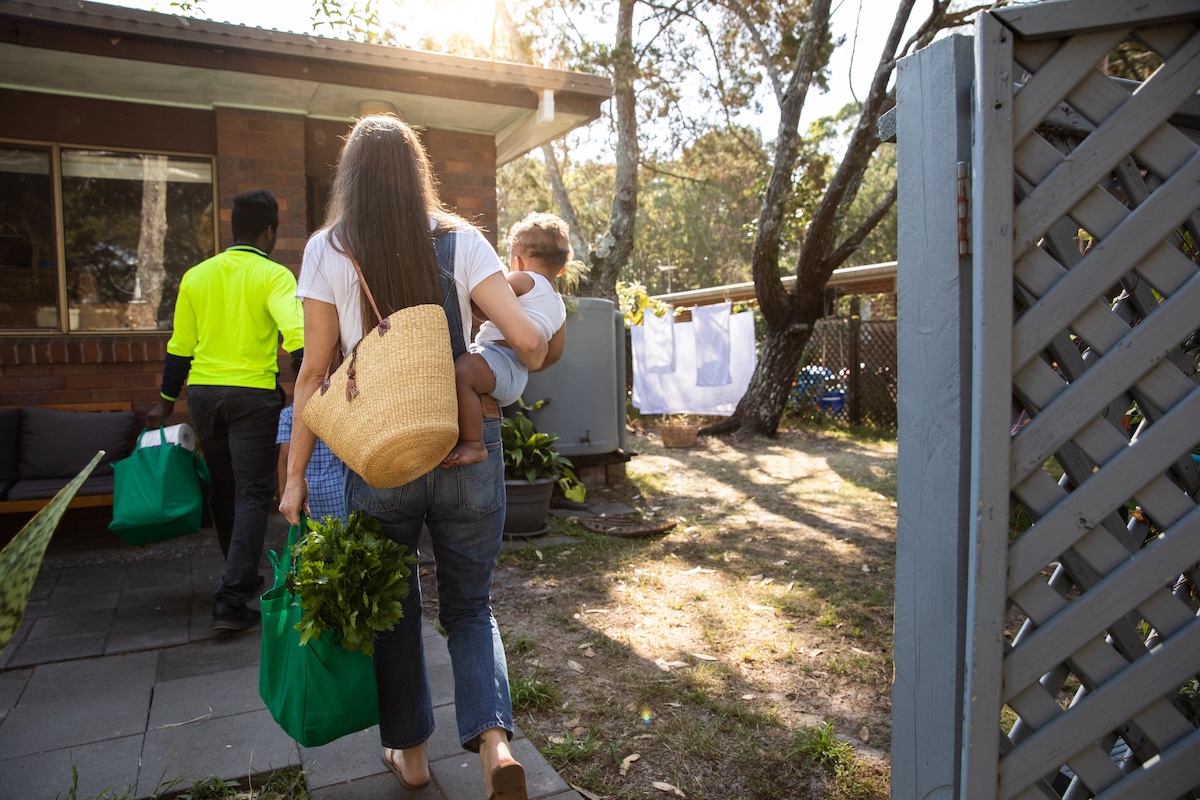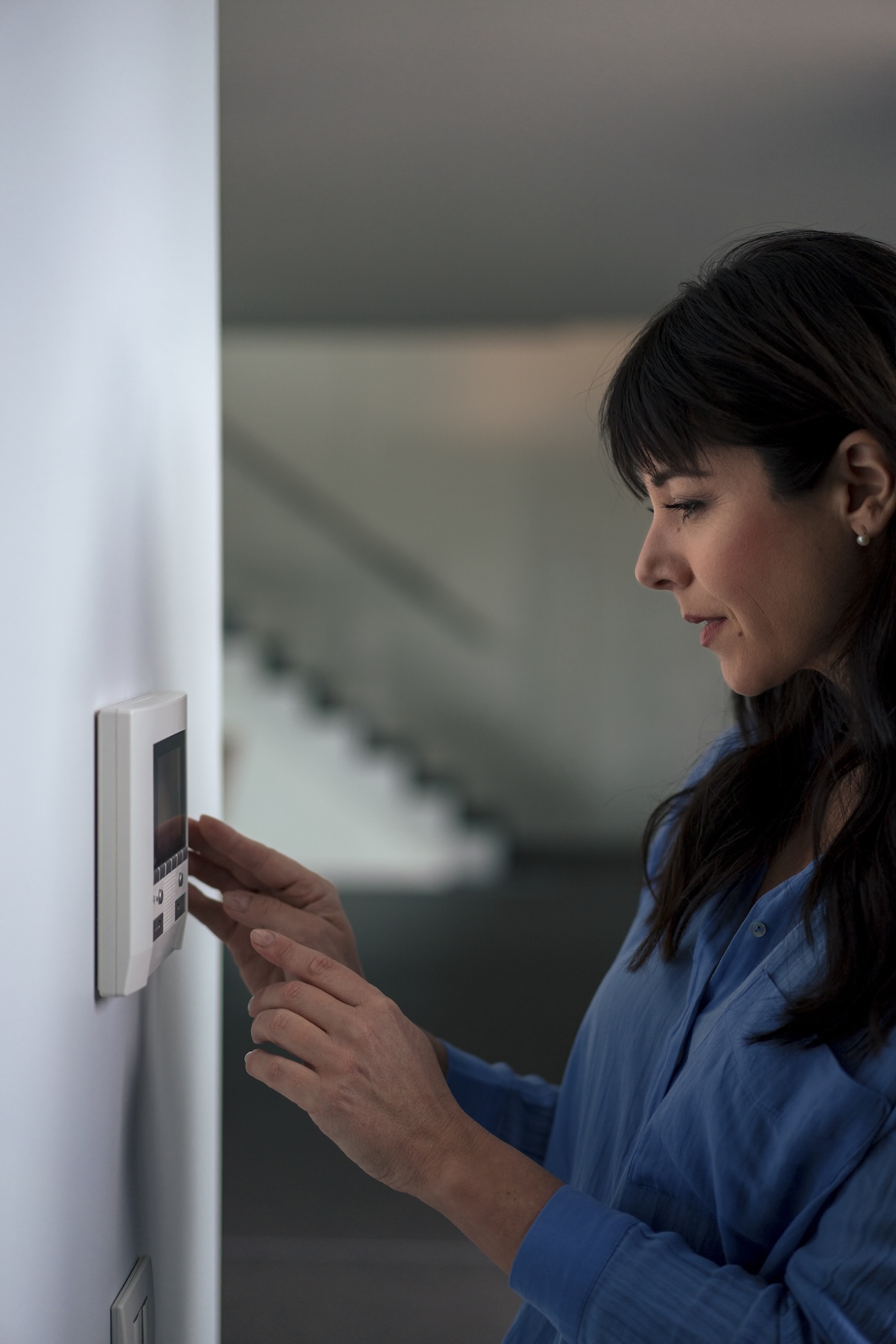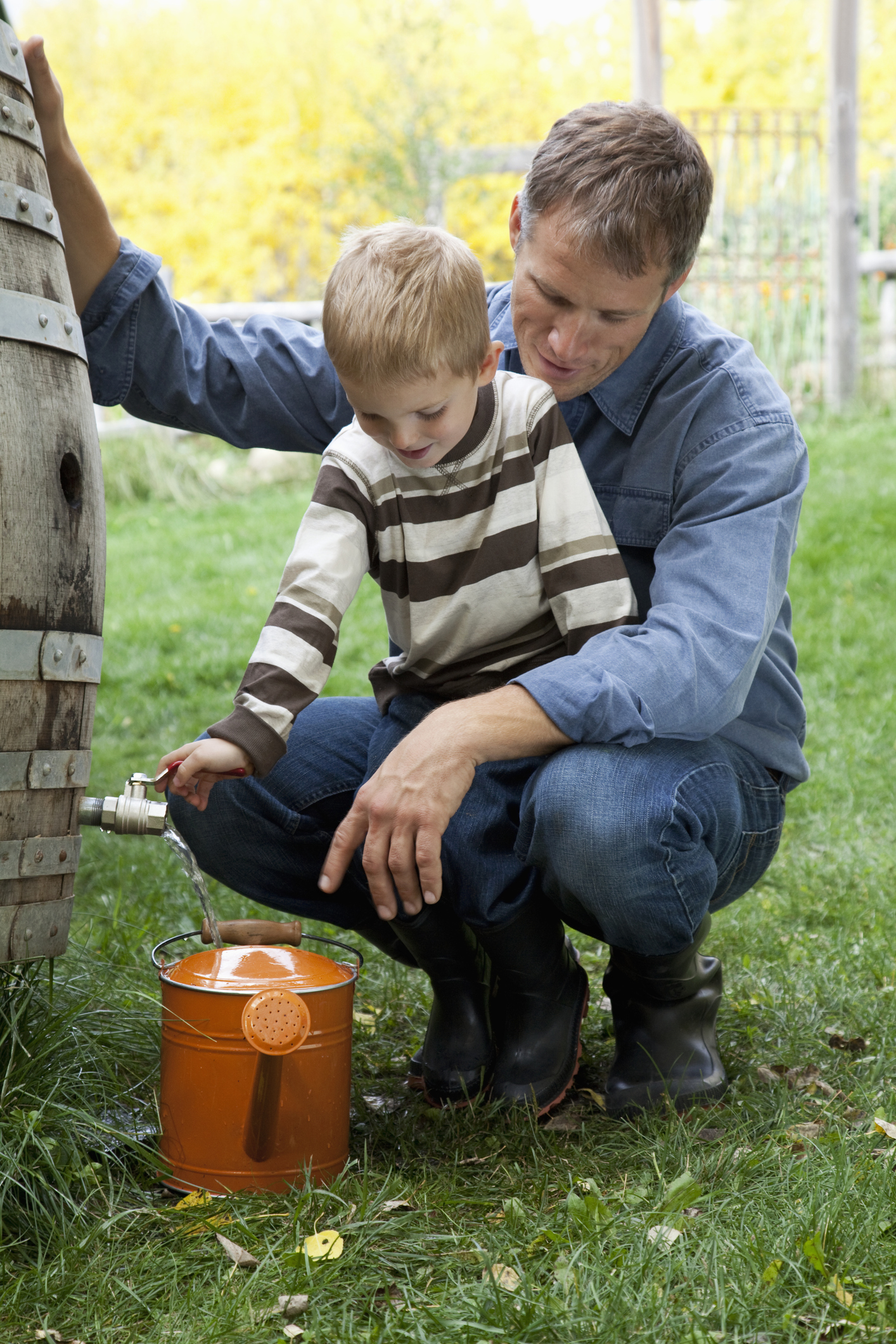

We may earn revenue from the products available on this page and participate in affiliate programs. Learn More ›
There is no doubt that human activities are negatively affecting the planet on which we live. Using information from natural sources like rocks, tree rings, and ice cores, along with technology such as satellites, scientists have moved the theory of global warming to established fact. According to NASA, the average global temperature is up 2 degrees Fahrenheit in little more than a century, and most of the warming has occurred in the past 40 years. Ice sheets are melting and glaciers are retreating; the seas are warmer and 8 inches higher than a century ago.
Although politics and other factors have encouraged some doubters, Pew Research Center reports that more than half of Americans view climate change as a major threat. It’s enough to cause anxiety and even shame and guilt among people who want to care for Earth for future generations. If you feel the need to act, but can go only so far, that’s OK. “Living a more sustainable life shouldn’t cost your life savings and shouldn’t disrupt your daily routine,” says Katlyn Garside, sustainability expert and public relations specialist at Integrity Energy in Cleveland, Ohio. These sustainable living ideas can help you make small steps to do your part and hopefully ease some eco-guilt.
Avoid eco-guilt, eco-shame, and eco-anxiety.
Between the true trauma from environmental changes like stronger hurricanes or affected economies, and the less direct—but nonetheless distressing—emotional feelings and anxiety, people are experiencing varying levels of eco-guilt, eco-shame, and eco-anxiety. In one survey, up to 70 percent of people felt guilty about wasting energy or simply throwing a recyclable item into the regular trash. One of the best coping strategies is to take action, and participants in a study on these eco-emotions eased much of their worry by doing what they could to help in their own environment.
In other words, taking small steps toward living more sustainably beats doing nothing at all or relying on policymakers and corporations to create larger change. It also beats feeling judged or ashamed because you have not gone all the way with steps like off-grid living, no driving, or a permaculture landscape. Ease some of your stress with simple changes to create a path toward sustainability. “Being kinder to the environment leads to long-term cost savings and a reduced environmental impact,” says Garside.
Make small changes in your home and lifestyle.

Some habits that lessen time and add to convenience are tough to break, but others are easier. For example, Garside suggests ditching single-use plastics: “water bottles and to-go coffee mugs can make a major difference,” she says. So, try turning to tap water and reusable water bottles and filter it if necessary for drinking. Other small home and lifestyle steps include:
- Go paperless. Take the time to opt in for paperless bank statements, utility bills, and receipts. Reduce use of paper towels and napkins with reusable cloth products.
- Compost disposables. If you need to rely on single-use products (like for parties), buy compostable single-use cups and plates.
- Replace some plastic. Store leftovers in reusable glass or plastic containers instead of disposable bags.
- Select or make eco-friendly cleaning products. Using greener cleaning products also improves your indoor air quality.
- Increase plant-based foods. You don’t have to become a vegetarian, but you can cut some meat from your diet for your health and the planet. Garside says that if every U.S. resident replaced meat- or dairy-based food 1 day a week with a plant-based one, the environmental impact would equal taking 7.6 million cars off the road.
- Reduce food waste. Food alone takes up 22 percent of municipal solid waste. Amy Ausseiker, executive director at Envision Charlotte, suggests freezing leftovers, planning grocery lists carefully to avoid over-purchasing, and composting to reduce food waste.
Take simple steps to reduce energy use.

According to Pew Research Center, 66 percent of Americans say the federal government should support wind and solar power production and 43 percent support use of electric vehicles. However, adding solar panels to the average-size home runs about $30,000 before available credits and incentives. Although that’s lower than 20 years ago and can result in monthly energy savings, it’s a hefty upfront investment. So when a major step isn’t in the cards, try these simple ways to cut household energy use:
- Drive less. Garside suggests starting a carpool for work or school. “This is a great option for longer commutes or where public transportation or pedestrian infrastructure is limited,” she says.
- Swap out old tech for new. “Programmable thermostats and LED light bulbs are not expensive,” says Kelly Russum, owner at KC’s 23½ Hour Plumbing and Air Conditioning in Palm Springs, California. Garside adds that “LED technology is up to 90 percent more efficient” than incandescent lighting. Both are easy to install.
- Turn temperatures up or down. Russum also suggests lowering the water heater temperature to 120 degrees Fahrenheit and adjusting the thermostat up 4 degrees (in summer) and down 4 degrees in winter.
- Eliminate phantom energy consumption. Simple smart plugs or power strips can offer scheduling and remote capabilities so you can stop sending power to appliances or devices when not in use.
Other steps to combat energy waste and global warming can cost a little more, but make sense when the opportunity arises, like when you have to update, remodel, or replace appliances.
- Select sustainable building materials. For example, if faced with a roof replacement, ask about the cost of solar shingles, or replace your outdated kitchen floor with cork flooring.
- Buy Energy Star-certified appliances. When replacing old or broken appliances, select those certified to save energy, and search for rebates or credits from the federal government, local government, or utility companies.
Make sustainable choices outdoors.

Permaculture design looks at many facets of gardening and landscaping that are harmonious and supportive of nature and people. But going all out with permaculture or homesteading certainly includes a learning curve and can be a big investment of time, even money. Any homeowner can take small steps toward sustainability and natural approaches to landscaping:
- Collect rainwater. Try your hand at simple rain collection with a 50- to 60-gallon purchased barrel. You also can direct water to plants or nearby trees with simple trenching.
- Switch out turf-heavy portions of lawn. Replace some grass with ground covers or native grass to lower water and maintenance needs.
- Select the right plants for your region. Replace or add plants that are right for your growing zone and yard conditions (like shade, sun, or slope) to ensure better success with a perennial that lasts for years. Native plants provide for local pollinators and wildlife, and typically need less water.
- Make garden care simple. Native plants and ground covers should require less care (and mowing).
- Switch to more eco-friendly yard care tools. Once you have less turf to care for, mow what’s left with a push reel mower—like your grandparents used—and reduce emissions and gas use. Replace gas-fueled blowers and trimmers with electric models.
- Grow food you will eat. Growing food at home is a sustainable practice, as long as you will consume what you grow. Start small if you’ve never had a garden before or join a local coop garden for your own plot. You’ll help cut plastic use and transportation energy.
- Purchase a compost bin. Making your own bin or compost pile will save money, but you can get started on composting with a bin designed for the purpose.
- Make progress as you like. Once you’re comfortable with small steps, try your hand at bigger steps, like foodscaping, a larger edible garden, a pollinator garden, or increased rainwater collection.
Turn to your community and be kind to yourself.
The point of finding middle ground with small but sustainable living ideas is to do your part without the guilt or shame that comes with feeling you’re not doing enough. Don’t cave to pressure from social media or compare yourself to others; take this at your own pace. Turn to community resources like your local cooperative extension offices, city sustainability contacts, or local nonprofits like Envision Charlotte or the Elizabeth River Project in Norfolk, Virginia, which offers a sustainability lab for homeowners and small businesses.
Once you’re ready, take small but progressive steps toward doing your part and to ease your own eco-anxiety. You just might end up joining community initiatives or even becoming an activist for climate change, but if you don’t, feel good about all you have accomplished. You’re sure to lead by example with the contributions you make toward a more sustainable personal and global future.
